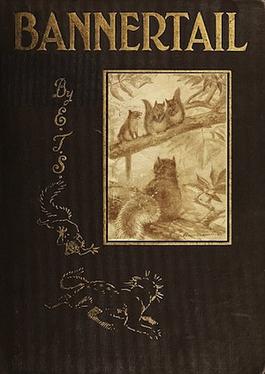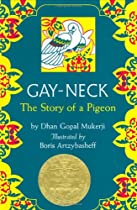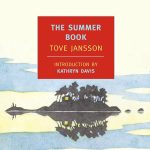Because there was only one book named for the Newbery Award in 1923, I was curious to see what other books for children were published in 1922. Bannertail: The Story of a Gray Squirrel by Ernest Thompson Seton (Charles Scribner, 1922) was a delightful contrast to the early 1920s books I’ve read so far, with an animal protagonist and a natural forest setting. With straightforward text, Seton tells the story of Bannertail’s life, from his being orphaned as an infant to raising his children. The author’s quick sketches and detailed illustrations add to the text he has written.
One great thing about this book is that there is no horrible racism! On the other hand, some nature lovers will be horrified by the very first scene:
The farm boy who saw it, gave a little yelp of savage triumph; his caveman nature broke out. Clubs and stones were lying near, the whirling end of a stick picked off the mother Squirrel as she tried to escape with a little one in her mouth. Had he killed two dangerous enemies the boy could not have yelled louder. Then up the tree he climbed and found in the nest two living young ones. With these in his pocket he descended. When on the ground he found that one was dead, crushed in climbing down. Thus only one little Squirrel was left alive, only one of the family that he had seen, the harmless mother and two helpless, harmless little ones dead in his hands.
Chapter 1, “The Foundling”
Senseless violence in the first scene will probably turn off many of the young readers. Tor the reader willing to pass over this, the story of Bannertail’s upbringing was educational as well as amusing. The first funny scene is that the young boy takes Bannertail into his barn, where the mother cat is nursing her baby. Thus, Bannertails first weeks are as a kitten! Once he returns to the woods, he must follow instinct as well as learn some of the squirrel-y things he did not know before. It is obvious that Seton, the author, is familiar with animals and has spent time studying gray squirrels in developing his story.
The chapters are short, although some of the text toward the end does seem to drag as Seton describes aspects from “Mother Carey” (aka, Mother Nature) that affect the squirrel family now and in the future. There is also another scene of a squirrel dying — Bannertail’s foolish son. This time, it is a child that could (possibly) have been hitting the squirrel in order to take the meat home to eat. (Parents can frame this section of story in that light: squirrels have been food for generations of people and probably for many people who are in nature today.)
Bannertail is not a book that all children will enjoy reading. For the animal lover, Bannertail is a beautiful peek into a woods looking at a squirrels in a new perspective. One could even use this book as a “living textbook” about squirrels and forest survival in a homeschool course.
I found Bannertail to be far superior to The Voyages of Doctor Dolittle, the Newbery Medal winner for 1923. While that winner was certainly amusing for children, with it’s blatant racism, it should not be read today. I’d much prefer for Bannertail to hold that honor.
Here’s my after-reading question: Would it be wrong to rewrite/adapt the first chapter’s passage to make it less horrifying? I’m not one for “banning” or “censoring” books. However, I feel the description of killing the innocent squirrel family detracts from the general feel of the rest of the book and will deter many readers who would otherwise enjoy the book. What to do?





